
Water fluoridation has been a subject of some controversy for as long as most of us can remember.
Highly-respected agencies and scientific data suggests that for relatively small per-person costs, water fuoridation has helped reduce cavities in children– particularly those that may not otherwise have good access to dental health services and fluoride treatments. On the other side of the argument, there are people who question the data in light of the fact that many developed countries do not fluoridate water, and have experienced improvements in dental health similar to the USA since 1970. And there are people who have sensitivities to fluoride, who have to drink bottled water to avoid stomach aches or other problems associated with fluoride in the water.
The City of Issaquah still does not fluoridate its water. Every time the officials move to do it, the public largely objects and shoots the idea down. They are once again asking for input right now. Click here to see their meeting announcement
We were chatting about this in the Corman household tonight as we pondered ways Renton could consider saving money. I have no strong opinion on this myself, although one family member drinks bottled water to avoid too much fluoride because of sensitivities to it. I suspect it would save $100,000 to $200,000 a year in Renton if we stopped fluoridating our water, but I have never asked our staff for an estimate. If we stopped fluoridating, the savings would not help balance our general fund (it would not pay for police or fire) since the utility fund is separate; but any savings could off-set customer water rates.
Again, I am not advocating one way or the other, but I would be interested to hear your views on the topic.
Here is a pretty good article in Wikipedia, that covers a lot of aspects of this policy question.
What do you think Rentonites? Are you glad we fluoridate your water, or do you wish we would stop?

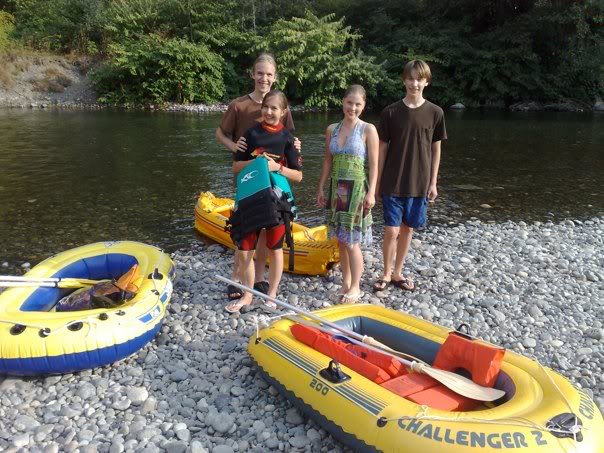
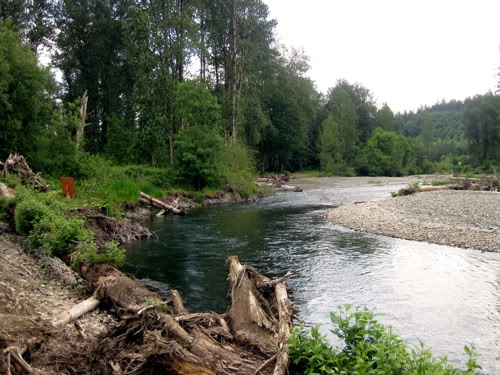
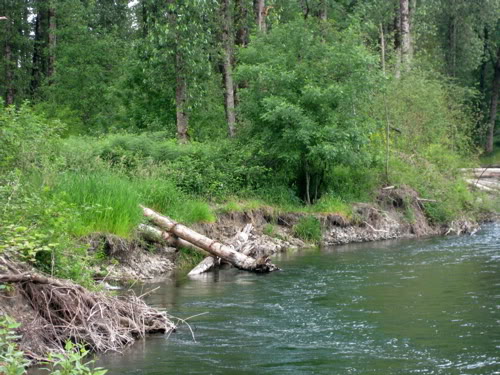


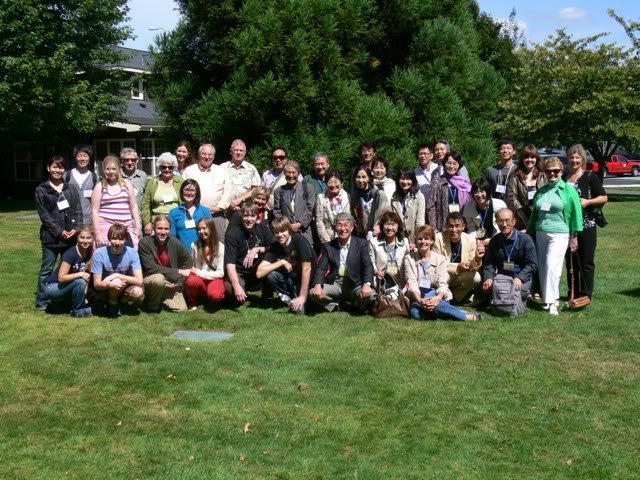
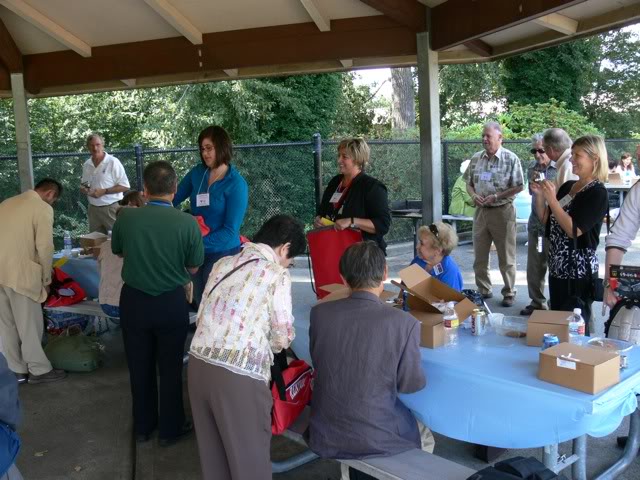

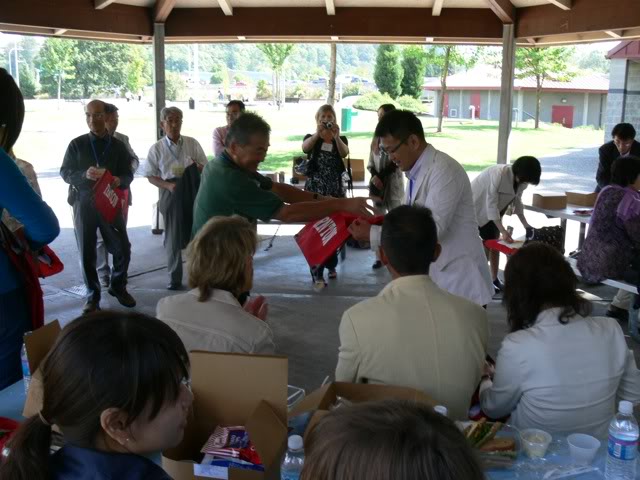


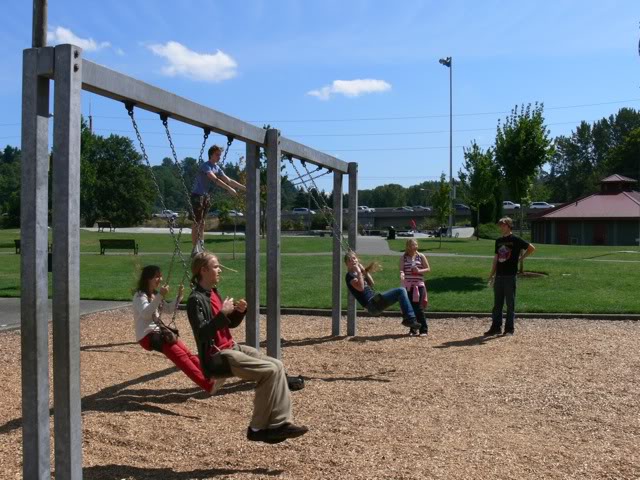


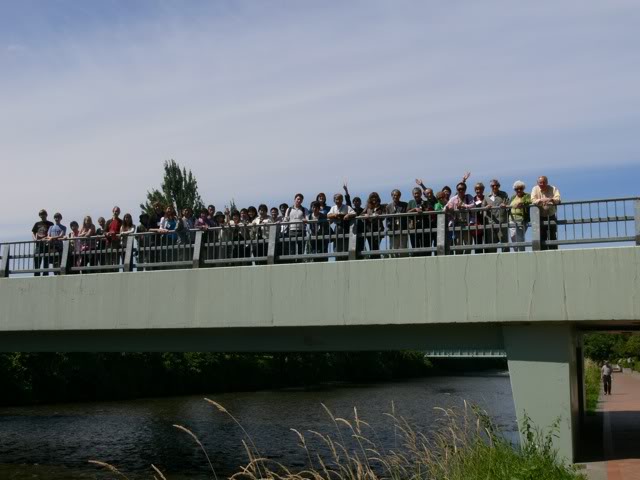





Recent Comments